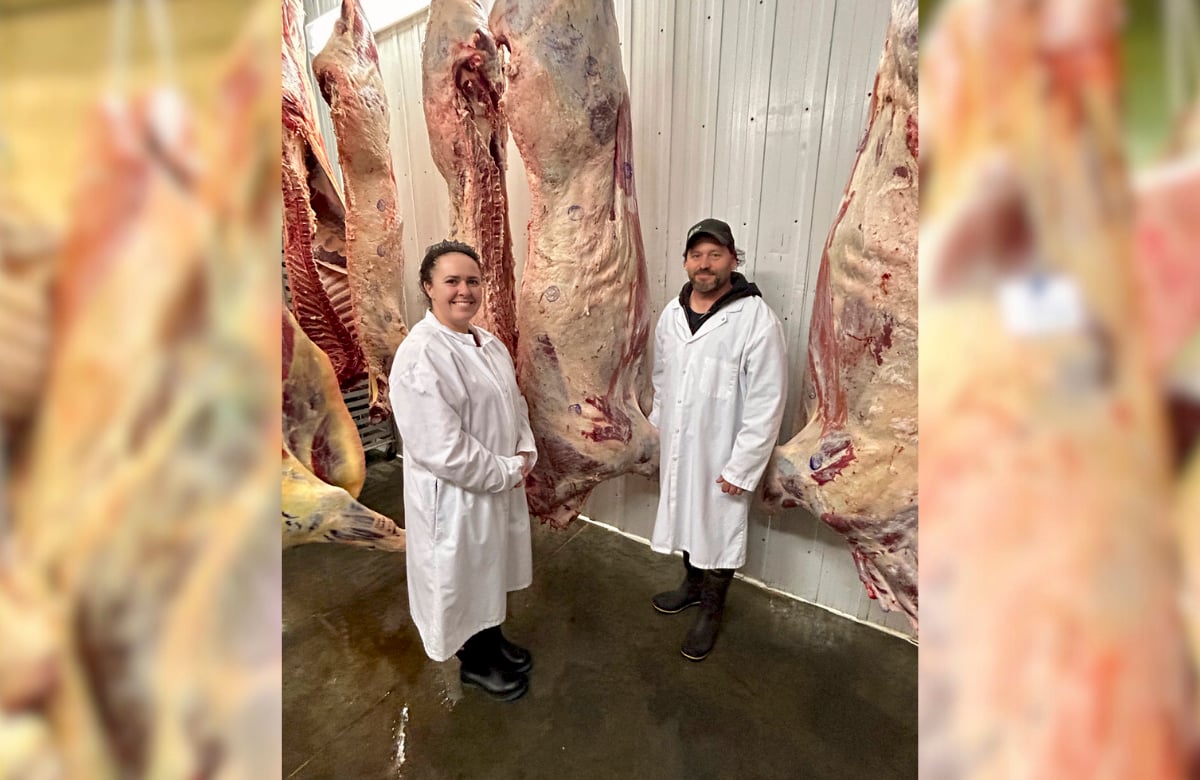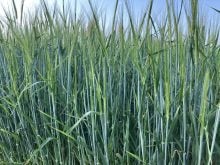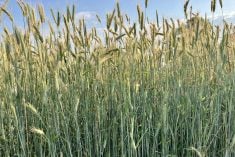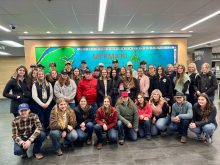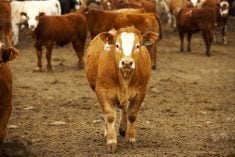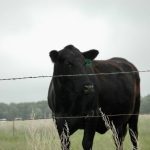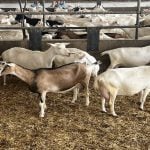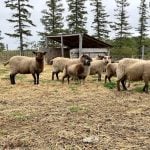When a new opportunity presents itself, sometimes farmers must take on the challenge.
And sometimes it can also mean solving their own problems.
When their local abattoir had to cut back on processing capacity due to the owner’s health problems, Sarah Hunt knew this would affect sales of their Limousin beef cattle in Pakenham, Ont. While the owner’s health crisis was averted, the abattoir was permanently closed, leaving the Hunt family without a local processing plant.
Read Also

How to work with several generations on the ranch
With up to five generations working together on the ranch, it’s important to foster understanding and communication
When an abattoir came up for sale about 100 kilometres down the road right before the pandemic, buying it as an additional enterprise to Corad Farms meant they would not need to send their animals farther away than needed.
The whole idea hadn’t been a thunderbolt from the sky. Hunt and her husband, Chad, had been looking into building an abattoir from scratch years before, which would have cost $3 to $4 million.
“You have to go farther and farther away to find different abattoirs. And then we thought, well, it would be kind of nice to be able to be in control of the whole process, and be able to book our own animals based on our own demand as we were growing and evolving.”
Now that they own the Farmersville Community Abattoir, located in Athens, Ont., Hunt said they are in control of the entire process from start to finish. It’s an attractive option, she said, even with the extra kilometres to contend with.
Most animals going through the facility are custom cuts with cattle from the Hunt’s family farm accounting for only 10 per cent of the abattoir’s total output. Some local cattle producers bring in their own animals for slaughter and processing for their retail stores or to fill their own freezers. Hunt said they aim for 12-15 beef cattle a week, plus another 15 pigs, goats and sheep. During COVID, they were busy year-round as the demand for local meat went “through the roof,” she said. Unfortunately, things have gone back to a pre-COVID demand where they are busy for four months of fall processing with not a lot to do for the rest of the year. It’s a hard when a third of the year is an overwhelming feast, and the other two-thirds is a famine with the bills still needing to be paid, she said.
“You only have so many spaces and so much cooler space and so much freezer space, but the demand is there. You’re trying to do as much as you can, but then after the new year, then it dies off again.”
One thing that financially saves them is selling their home-grown beef.
From May until the end of October, people can find Hunt at the local farmers market every Saturday selling freezer beef. The Hunts’ story is an interesting one for customers. Their animals never leave their care, from the farm where they are born until they are processed at the abattoir. That resonates with people, said Hunt.
It was a tough market to get into, but the best meat is only as good as the cut, she said.
Chad has been working with cattle his whole life so taking over the barn management was a likely fit. But Hunt was coming from the human resources and school administration fields. Working in the abattoir required a career change for her, but with a great team already on staff, she was able to learn what she needed for a consistent, high-quality product.
“Our team trained me on how to help with the slaughter process. I’m on the floor every week with them with the processing and harvesting of animals. That’s been a switch — from an office environment to the slaughter floor.”
Without any red seal certification for meat cutting, options for learning butchering and meat-cutting techniques are limited to local programs and on-the-job training. Hunt was lucky, she said. But like most sectors of the agricultural industry, butchers are a dying breed. Skilled labour is on the way out with limits as to what the talent pipeline is pumping in.
The best thing that the abattoir industry could do is to make that path easier for young people interested in the industry, said Hunt.
“The best solution for them would be just giving it time, and be brought in under the wing of someone who is very well seasoned in the industry so that they can just soak in all of the knowledge that they possibly can from someone that’s been doing it for years.”
Food-handling and sanitation training is another important part of the job. Most of the team members have food-handling certification, including Hunt, and a supervisor is required to be on the floor during the meat-cutting process. After the day is done, a deep clean and sanitization of the cutting room, what Hunt and the team call “doing the dishes,” gets the room ready for the next day.
A government inspector comes in for a pre-op assessment once a week. Sanitation problems can put an immediate halt to all production, so cleanliness is extremely important to Hunt and her team. They have a positive working relationship with Ontario’s Ministry of Agriculture, Food and Rural Affairs, and compliance is not hard and makes life a lot easier, she said. Some lingering policies around bovine spongiform encephalopathy (BSE) seem like overkill given that the World Health Organization has deemed Canada a “negligible risk,” she said, but she and her team are still willing to follow all rules and regulations the government has put in place.
“There’s typically a reason behind it. The BSE stuff is a little far-fetched. It’s gotten pretty ridiculous, and it’s very, very expensive on top of it. There are practices that we have to do for BSE that don’t make a lot of sense, but we do them because we’re told that that’s what we have to do.”
With so many moving pieces, it has been a challenge to find people with the specific skills they need at the facility, especially since the wages they can pay are limited to how much they can charge, said Hunt. However, she tries to keep the workplace compensation package as competitive as she can. Living and working in rural Ontario, it’s not like people can take the bus to work, so it takes special people to be able to do the job. Knowing how physically and mentally draining the job can be, Hunt said she also tries to make the entire workplace experience as positive as possible. The quarters are tight with everyone assigned to specific stations to handle the flow of meat as it’s processed. If there is “bad energy” or something doesn’t fit, the overall welfare of the team can suffer, she said.
So far, they have been lucky with the people who have come to work for them, especially since they are working a demanding job that isn’t glamorous by any stretch, said Hunt.
“Anybody that has worked with us has been fantastic, but I network with other processors as well, and it’s not always that way. Having a good and positive working environment is very important as well.”
For any farmer wanting to locally process their own animals, finding a local abattoir is becoming more and more difficult, said Hunt. Farming, in general, is a tough gig and when you throw in running a business, Ontario is an expensive place to have a small operation, she said.
More and more farmers are choosing to sell on the sales barn floor, said Hunt, and why not? They get the cheque that day and they don’t have to peddle their products. But farmers lose out when they see that drop in market value, she said. Hunt misses the high demands that COVID brought with that focus on local sales, even though it is a challenge to market and advertise their animals.
Both industries, the farmers and the processors, need each other, she said, and it’s disappointing that both cannot seem to thrive together.
Corad farms has been in the family since Judy and Mervin Hunt bought the farm in 1969. Now with a 400-head Limousin herd and their son, Cory, and his family, involved in the operation, the abattoir is Sarah and Chad’s focus.
– Becky Zimmer is a freelance journalist based in Humboldt, Sask. Her farming and small-town background has given her a passion for Prairie journalism, provincial and national government policies, civic politics, community events and the challenges of rural health care and infrastructure.

